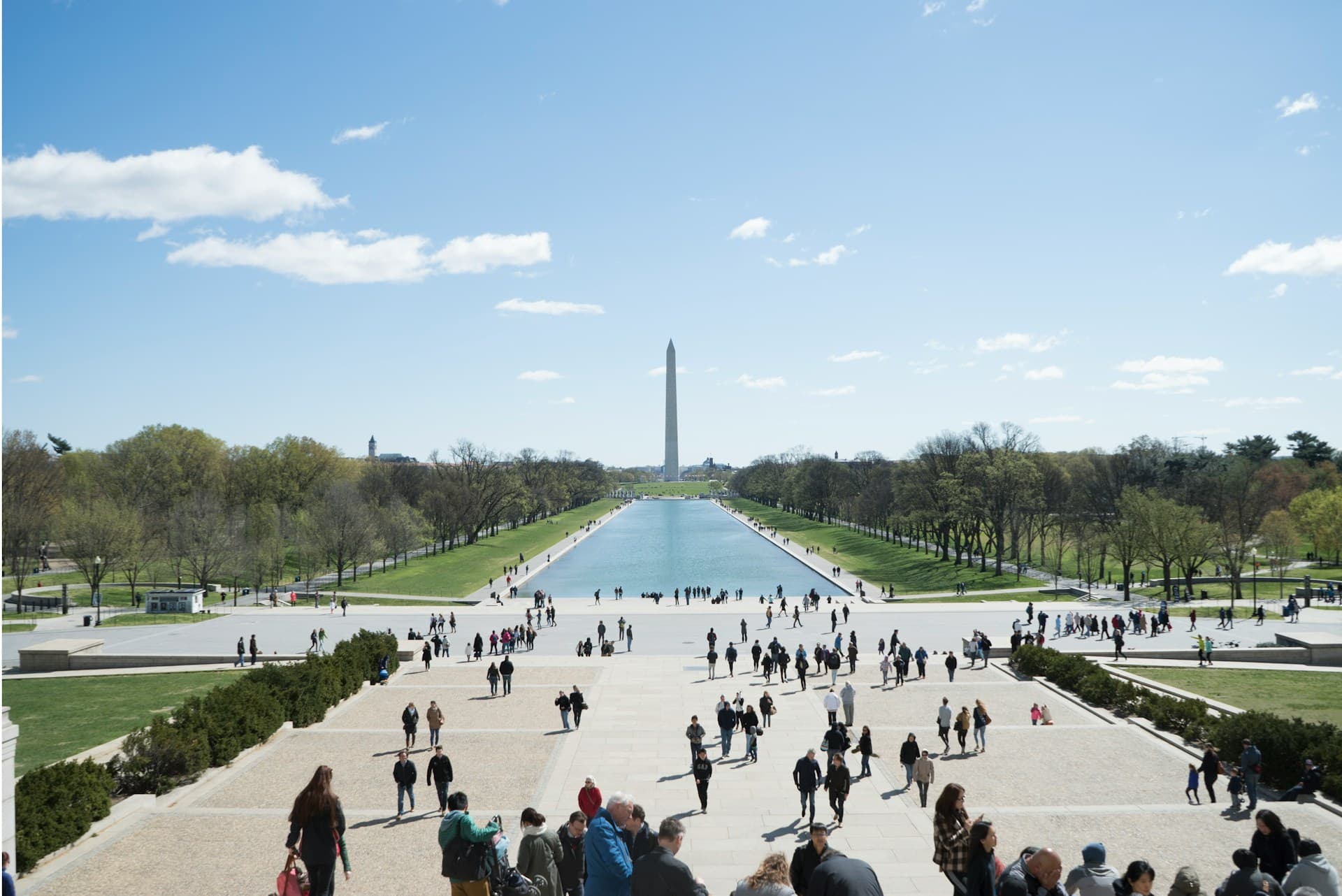How Does Approval Voting Work?

http://www.youtube.com/watch?v=db6Syys2fmE&feature=youtu.be
In the debate surrounding what electoral mechanisms will make for a more representative democracy, numerous systems have been proposed. The different permutations and names for preferential voting systems: Ranked choice voting, instant-runoff, open-list voting, and range voting are all 'approval' voting systems. Some have been employed throughout the United States in various forms, each with its own pros and cons. Notably, ranked choice voting is in use in governmental elections worldwide, range-based systems are not. Find out more on range voting here.
Approval voting allows voters to choose all they candidates of which they 'approve.' In theory, the phenomenon of 'spoiler' candidates or vote splitting can be averted. As proposed by the Center for Election Science:
Approval Voting is a voting method that allows voters to vote for any number of candidates. The candidate with the most votes wins. Approval Voting is most often discussed in the context of single-winner elections, but variations can also be applied to multi-winner “at large” elections.
- Fewer spoiled ballots
- Fairer to major minor and independent candidates
- Resilient to tactical voting
- Is already in use by the United Nations and some places in the United States
The major hurdle faced by alternative voting systems like approval voting is unfamiliarity with voters. Fear of turning off an already tepid voting public remains the primary counter argument to approval systems, in favor of the traditional plurality single-member ballot.


